Writing your survey questions is one thing — proving they actually make sense is another. Many students believe that once their questionnaire is complete, it’s ready for distribution. But without validation, even the best-looking surveys can yield unreliable or misleading results.
Validating your survey ensures that each question is clear, relevant, and effective in measuring exactly what you want to know. It’s one of the most important steps in your research — especially if you want to impress your panel, pass your thesis defense, or get published.
This blog will walk you through how to validate your survey in a practical and student-friendly way. No jargon, just a clear process you can follow.
What Does “Survey Validation” Mean?
Survey validation is the process of confirming that your questionnaire:
- Accurately measures what it intends to measure,
- Is clear to respondents,
- And produces consistent, reliable data.
There are two main types you need to know:
✅ Content Validity
Are your questions appropriate, well-worded, and relevant to your topic? This is usually judged by experts in your field.
✅ Construct Validity
Do your questions really measure the concept you’re studying? This often applies to more complex constructs like motivation, anxiety, or performance.
Validation helps you avoid vague, biased, or irrelevant questions — the kind that can confuse respondents or sabotage your analysis later on.
When Should You Validate Your Survey?
Right after you’ve drafted your initial questionnaire — before actual data gathering. This is often part of your pilot testing or pre-testing stage.
Validating too late means redoing your survey — and possibly recollecting data — which wastes your time and effort.
Steps to Validate Your Survey Tool
Here’s how you can validate your survey step by step:
✅ 1. Seek Expert Judgment (Content Validation)
Invite 2–3 subject matter experts (professors, practitioners, or researchers in your field) to review your tool.
Ask them to evaluate:
- Clarity – Are the questions easy to understand?
- Relevance – Do the questions relate to your objectives?
- Completeness – Did you miss any important topics?
Use a 4-point scale (1 = Not Relevant to 4 = Highly Relevant) and calculate the Content Validity Index (CVI):
- Item-CVI: Number of experts who rated a question 3 or 4 ÷ total number of experts.
- Scale-CVI: Average of all Item-CVIs.
A CVI of 0.80 or higher is usually considered acceptable.
✅ 2. Pilot Test the Questionnaire
Next, conduct a trial run with 10–30 people who are similar to your target respondents.
Goals of the pilot test:
- Spot confusing or vague items
- Measure how long it takes to answer
- Get suggestions for improvement
Ask them questions like:
- Were there questions you didn’t understand?
- Did you feel any questions were too personal or irrelevant?
Use this real-world feedback to revise your tool.
✅ 3. Check Reliability with Cronbach’s Alpha
Reliability refers to how consistently your tool measures a variable.
If your survey includes Likert scales or grouped items (e.g., a series of questions measuring “study habits”), compute Cronbach’s Alpha using software like SPSS.
- A score of 0.70 or above = acceptable
- 0.80+ = good internal consistency
If your score is low, remove or revise poorly performing items.
✅ 4. Revise Based on Feedback
Take all your expert reviews, pilot feedback, and reliability scores — then refine your tool:
- Remove confusing or low-value items
- Combine or split items for clarity
- Reorder for better flow
- Shorten the survey if it feels overwhelming
This is also your chance to make your final version “defense-ready.”
Sample Statement for Chapter 3
When writing your methodology, summarize your validation process like this:
“The researcher conducted content validation with three experts in the field of psychology. The instrument was pilot-tested among 20 college students to assess clarity and response flow. Cronbach’s Alpha was computed to test internal consistency, yielding a score of 0.84, indicating good reliability.”
Common Mistakes to Avoid
🚫 Skipping validation completely. Just because it looks good doesn’t mean it works.
🚫 Using someone else’s tool without adapting or checking its relevance.
🚫 Ignoring expert or pilot feedback because “you like your version better.”
🚫 Confusing reliability with validity. A tool can be consistent but still measure the wrong thing.
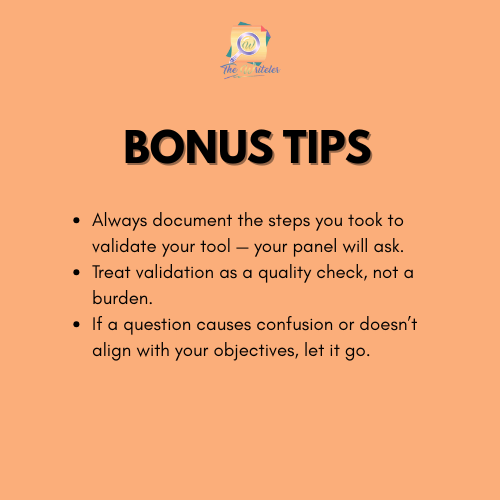
A well-validated survey isn’t just about technical correctness — it’s a sign of a thoughtful, credible researcher.
📣 Need Help Validating Your Tool?
The Writeler Co. is here to support students and professionals who are juggling research with work, life, and business. Whether you’re writing a thesis, capstone, or dissertation for your master’s or Ph.D., we help you efficiently navigate the research journey — from brainstorming to proofreading.
📩 Message us today to get started.
📚 Let’s turn your research idea into a powerful paper.

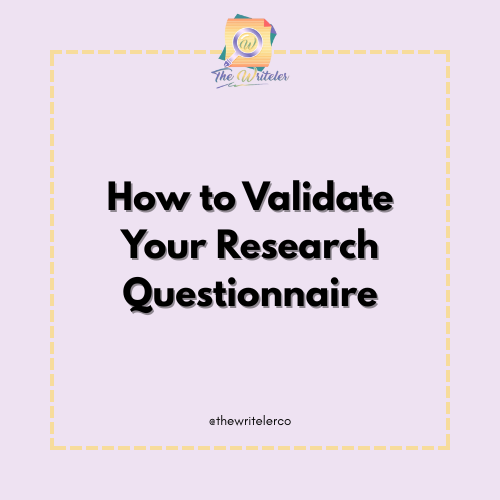
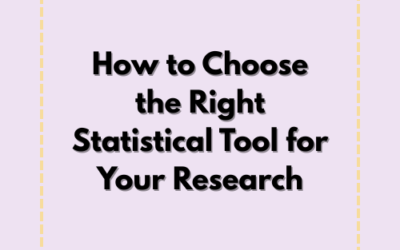
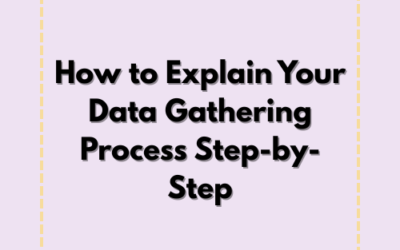
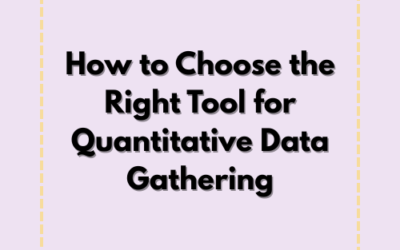
0 Comments